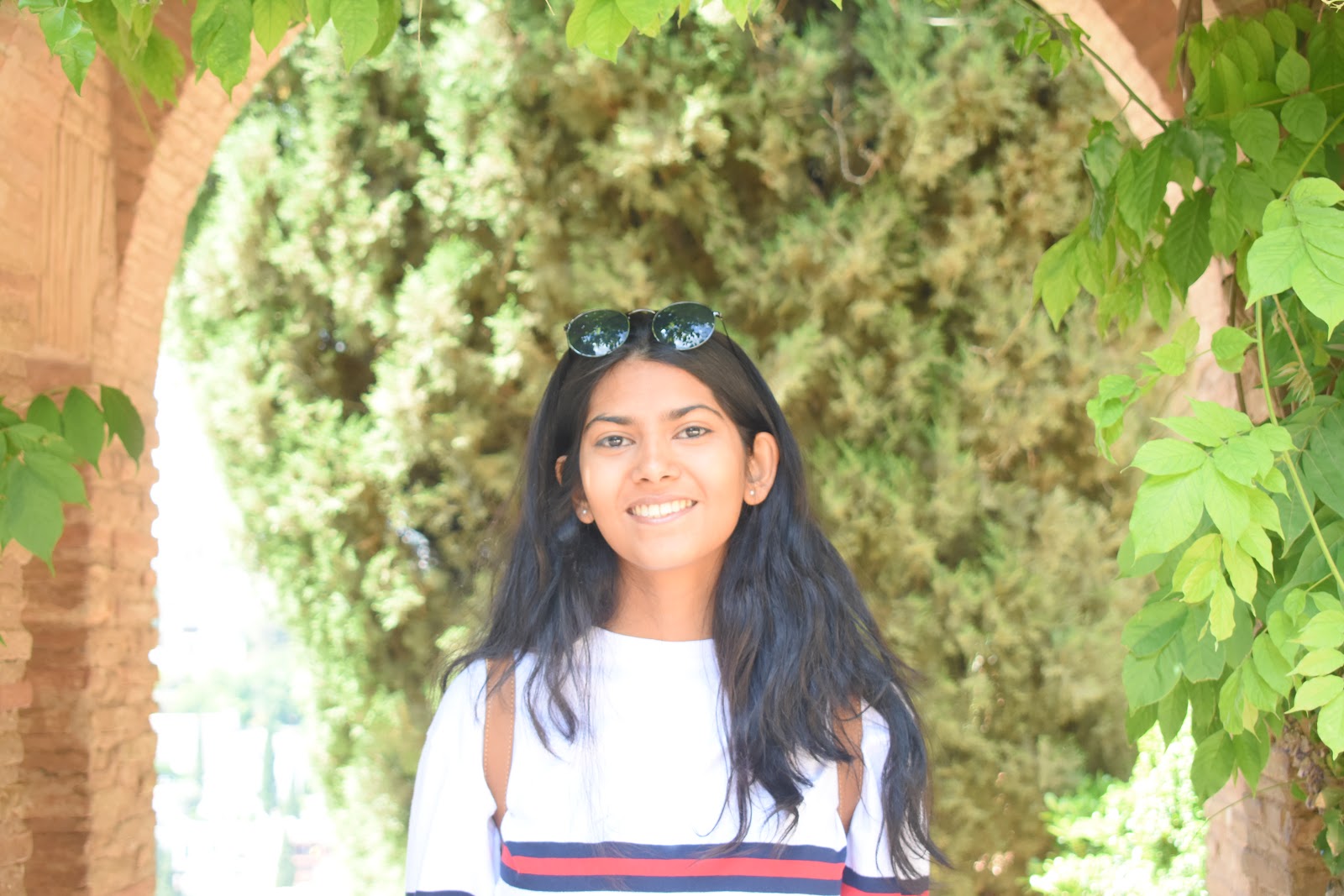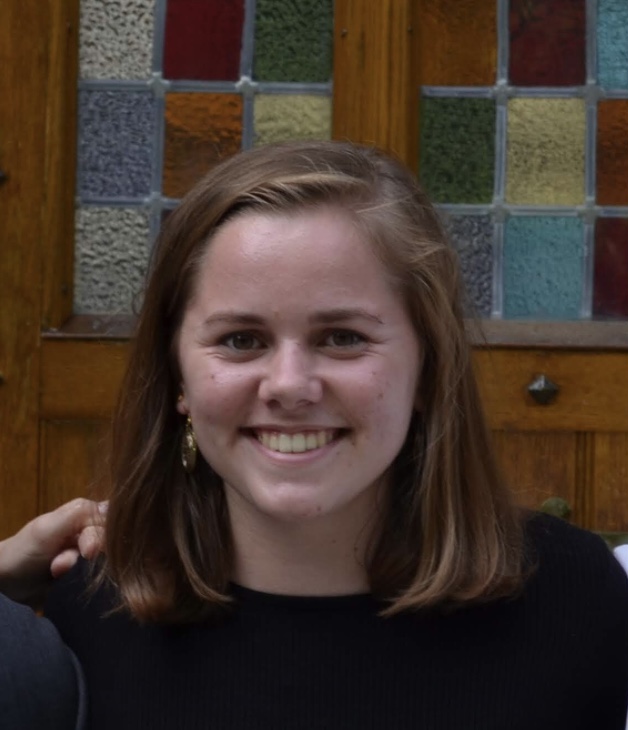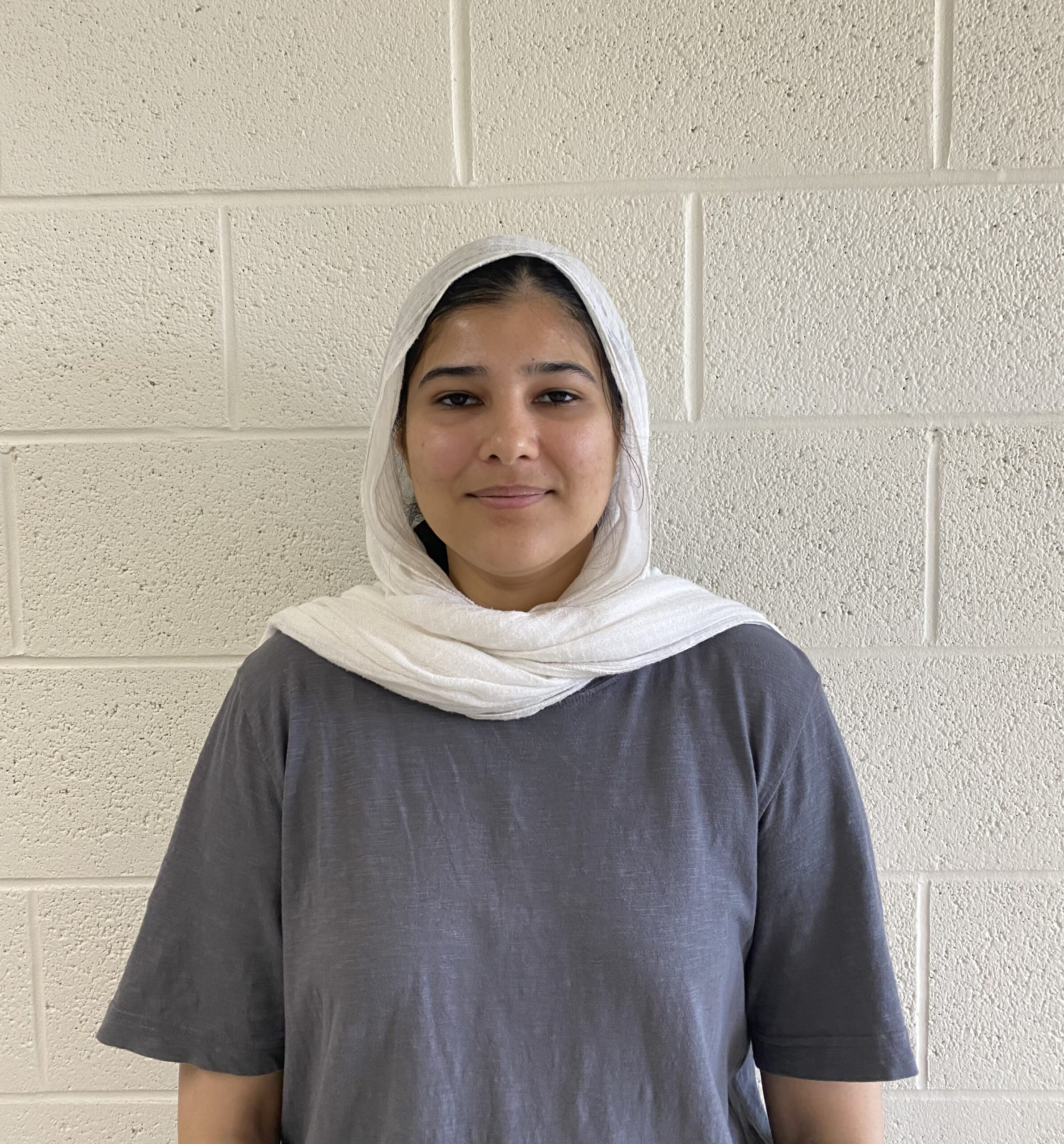Abstract: Our lab focuses on evolution of aquatic organisms in fragmented habitats/landscapes. We are interested in anthropogenic and climatic effects on population-genetic structures of fishes. The Longnose dace, Rhinichthys cataractae, is a common inhabitant of riffle communities in Northeastern US streams. We require an aligned sequence of R. cataractae genome. Recent advances have dramatically expanded genome sequencing and analysis. Oxford Nanopore MinION, a 3rd generation technology, pulls DNA bases through nanoscopic pores, reading bases as they pass through from spectral reflectance of each nucleotide. After successful control experiments, we: extracted the DNA (checking its length, quantity and purity), prepared the library (repairing DNA ends), ligated motor proteins to DNA (SQK-LSK109), and loaded the DNA library into R9.4 and R10.1 flow cells. Genome assembly and alignment used Zebrafish, Danio Rerio, as the reference genome downloaded from the NCBI database. The D. Rerio genome is 1.42Gb arranged on 26 chromosomes. Sequencing used MinKNOW software. We utilized Guppy for high accuracy base calling after sequencing. Flye genome assembler, Medaka sequence polisher, and Guppy aligned the sequence up against the reference genome. We have three sequencing runs that yielded >14Gb of reads with N50>4Kb, and reads up to 50,000kb in length. The genome alignment will be discussed. The ability to sequence genomes of non-model organisms will elucidate the genetic basis of human and climatic impacts on the fishes in the wild. These findings will aid in future experiments about the genomic history of R. cataractae.
Live Poster Session:
Thursday, July 29th 1:15-2:30pm EDT





